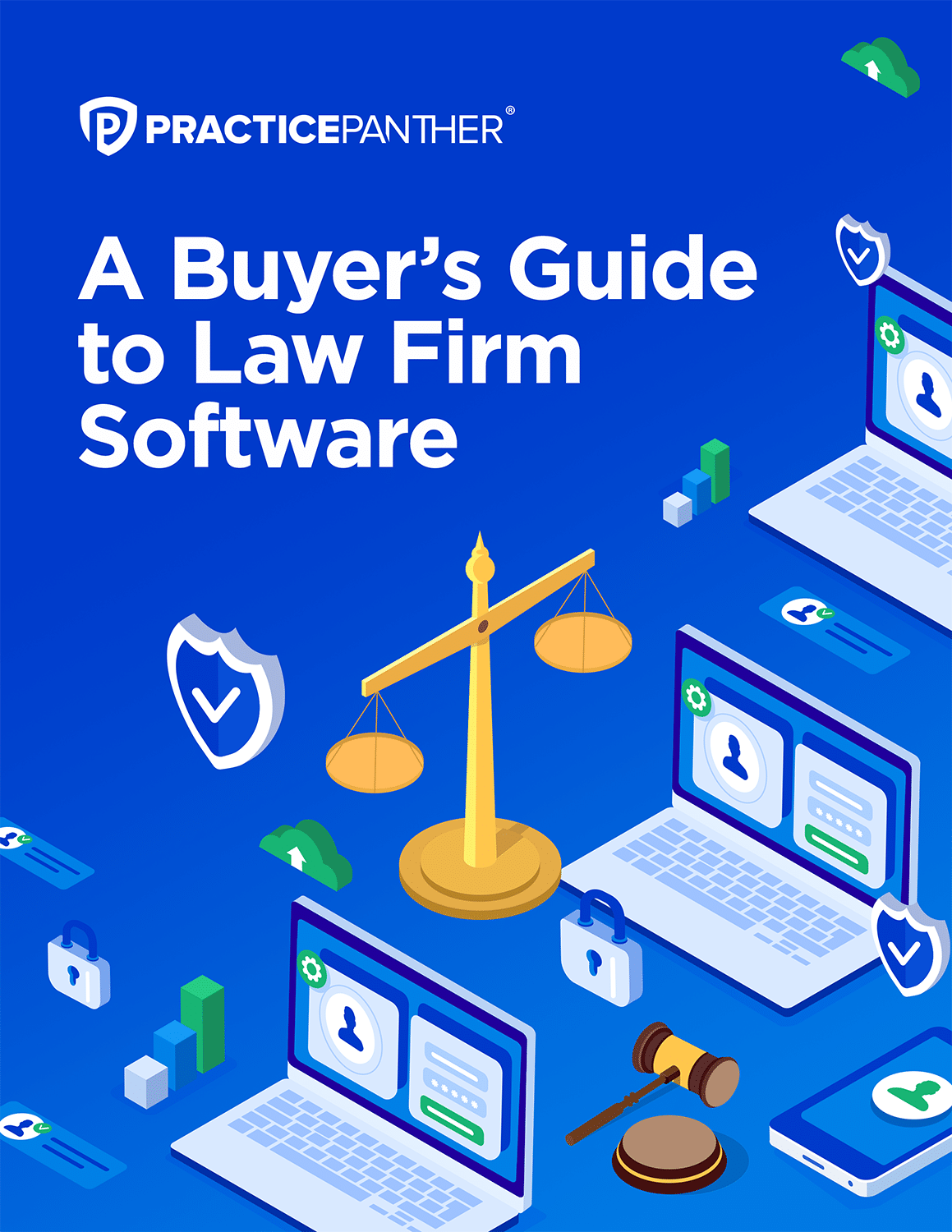
The legal industry has experienced a lot of changes in standard practices, especially in the process of reducing costs while maximizing revenue. Delegating the legwork of complex litigation – such as routine document review, privilege logs, and more – to less-costly interns, associates or temporary contract attorneys is now considered standard billing practice. But at what point can these billing practices cost you your billable hours?
Billing Practices
There are several interconnected billing practices when hiring new firm members, but there is a distinction between “contract” attorneys, and “staff” attorneys.
Today, contract attorneys are vital in the ever-evolving marketplace. While those who are being contracted have a range of both experience and varying reasons as to why they’re contract attorneys, many of the attorneys are solo practitioners supplementing their workflow, transitioning attorneys, and even those who would rather have a flexible lifestyle. Nevertheless, they’re bar members. The contract attorney can also have a variety of titles. To name a few, there’s staff attorney, eDiscovery attorney, document review attorney, consultant, and even litigation support attorney. What does this mean? Billable hours are different and are therefore logged accordingly. But, that also means utilizing contract attorneys reduces the costs when considering the following:
- Payroll Costs, employment liabilities, taxes, and benefits
- Addressing an immediate need
- Overall Budget
- Limited Bandwidth within your legal practice
- Branding
Law Firms should be careful about how they’re tracking those billable hours and who handles the bulk of the hours worked. In the class action between Pennsylvania Public School Employees’ Retirement System (PPSERS) v. Bank of America Corporation, et al., the law firm of Barrack, Rodos & Bacine (“Barrack”), who represented PPSERS, was court ordered to reduce attorneys’ fees by over $10.3 million.
While the court’s decision wasn’t to rebuke Barrack’s law firm structure or workflow, but instead, the practice of billing contractors at the firm’s standard rates for what the court assumes was the first-cut document review. What’s interesting is that although these contract attorneys were eligible for healthcare and the firm’s 401k plan, of the sixteen contracted attorneys, the average length of employment was twelve months while some were employed for as little as one month.
Questions to keep in mind when using the contract attorney model are as follows:
1. Are these interns, associates, and temporary contract attorneys considered full time?
2. What is the projected lifetime of employment within the law firm?
3. Are they eligible to participate in the law firm’s benefits package such as health insurance, 401k, continuing education programs?
4. What are the firm’s standard rates?
5. What type of work is being performed by each intern and attorney?
6. What percentage of the total hours worked by these interns, associates, and temporary contract attorneys makes up the bulk of the hours billed to the client?
Understanding your Law Firm’s Billable Hours
Understanding how to use metrics to measure key performance indicators when evaluating both personnel and billable hours is essential in keeping your law firm green. Depending on in-house responsibilities, whether it’s the Law Firm Administrator, Chief Operation Officer, Partner, or Senior Associate, who reviews information on specific performance indicators, it’s best overall stand practice to monitor at least some of the following:
–Litigation matters that are opened and closed.
–Litigation matters pending review or approval.
–The duration and amount of billable hours of an opened or closed matter.
-The number of billable hours produced by outside legal counsel.
-The tasks documented both in-house and with outside legal counsel and all billable hours associated with the job.
Measuring the law firm’s efficiency efforts helps quantify and analyze both performance and billable hours over time. With PracticePanther, you’re able to run such key performance indicators with a click of a button in a simple, easy, and intuitive manner. With that said, it provides compelling evidence and value to a law firm’s clients. So, regardless of fee arrangement, whether it may be an hourly rate, flat fee, retainer, or contingency with mixed rates, you’re able to stay informed and remain on top of what’s going on in your law firm.




